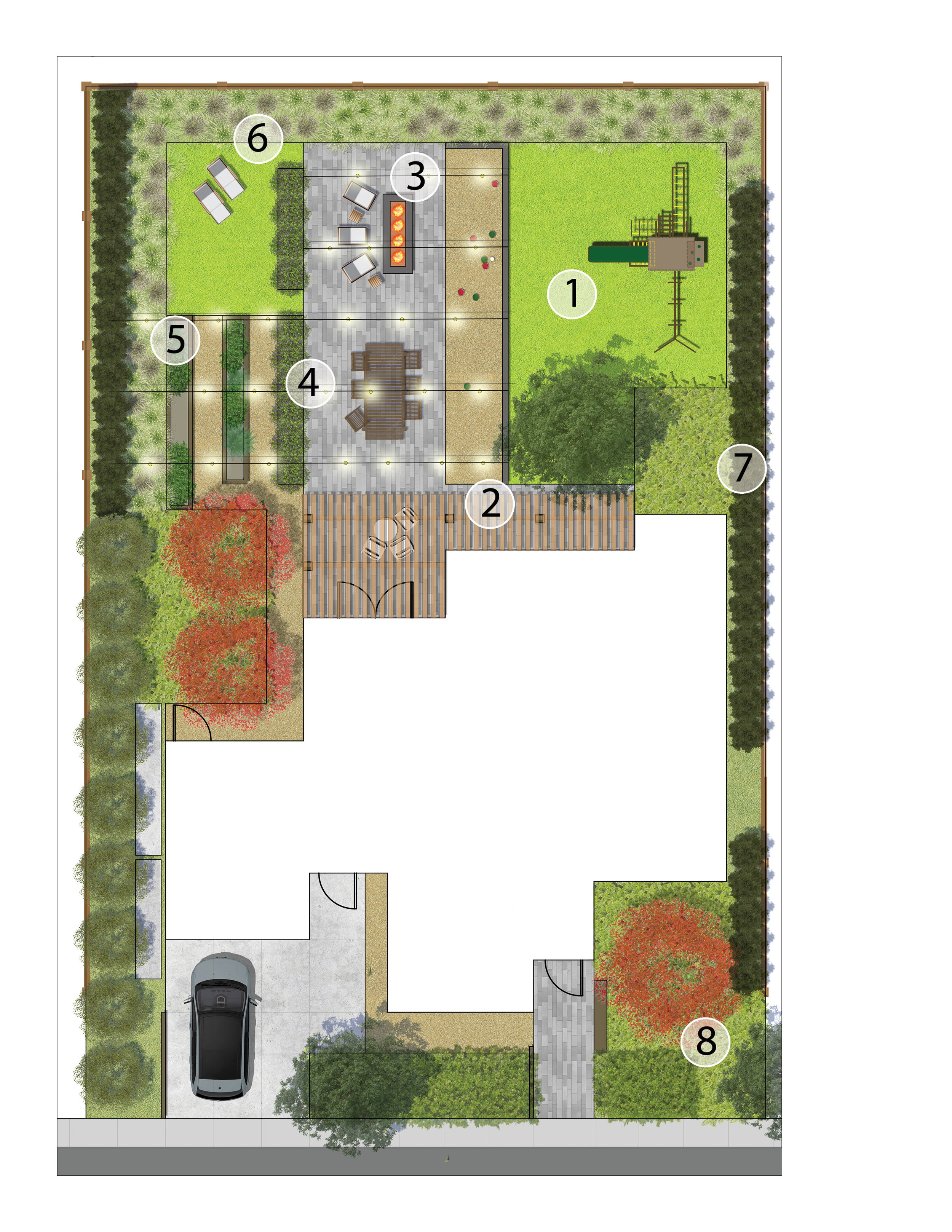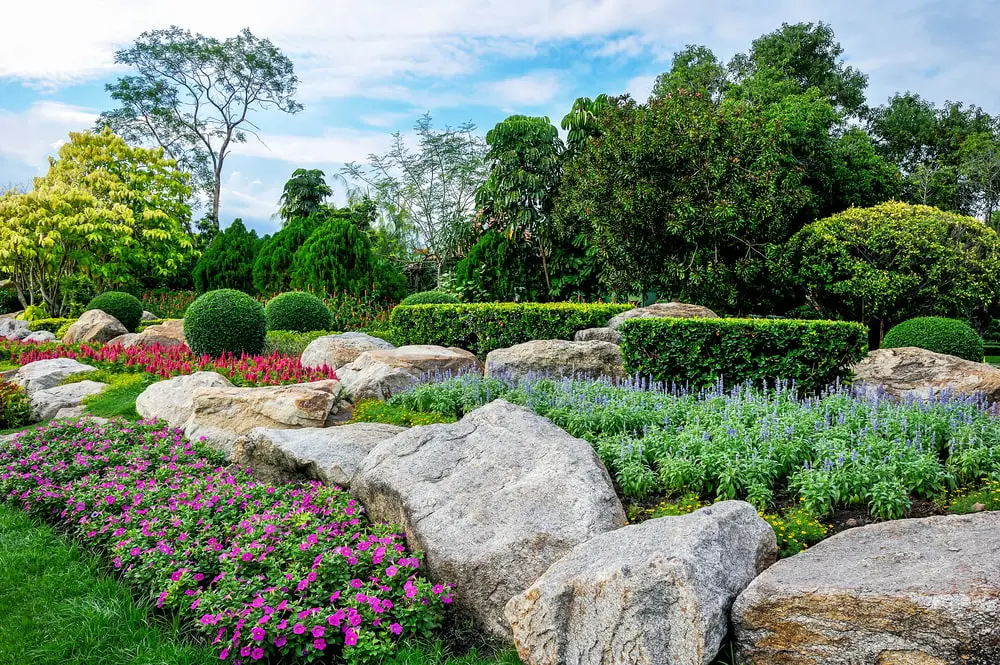Hilton Head Landscapes Things To Know Before You Get This
Hilton Head Landscapes Things To Know Before You Get This
Blog Article
Hilton Head Landscapes Can Be Fun For Anyone
Table of ContentsAbout Hilton Head LandscapesSome Of Hilton Head LandscapesExamine This Report about Hilton Head LandscapesHilton Head Landscapes Things To Know Before You Get ThisMore About Hilton Head LandscapesHilton Head Landscapes Things To Know Before You BuyExcitement About Hilton Head Landscapes
Line produces all forms and patterns and can be made use of in a variety of methods the landscape. Line in the landscape is created by the side between two products, the synopsis or silhouette of a form, or a long straight function. Lines are a powerful tool for the developer because they can be utilized to produce an unlimited selection of shapes and forms, and they regulate activity of the eye and the body.

Lines can have several characteristics, such as those explained below, but they normally offer different purposes. Figure 1. Lines in the landscape - bluffton landscaping. The residential or commercial properties of lines identify just how people reply to the landscape, both psychologically and physically. Straight lines are structural and strong; they produce a formal personality, are normally related to a symmetrical style, and lead the eye directly to a focal factor.
How Hilton Head Landscapes can Save You Time, Stress, and Money.
Straight lines are frequently located in hardscape sides and product. Curved lines create a casual, all-natural, loosened up character that is associated extra with nature and unbalanced balance. Rounded lines move the eye at a slower pace and include enigma to the area by producing covert sights. Upright lines relocate the eye up, making an area feel larger.
Vertical lines in the landscape include high, narrow plant material, such as trees, or tall frameworks, such as an arbor or a bird residence on a pole. Horizontal lines relocate the eye along the ground plane and can make a space really feel larger. Low lines are more subdued and produce a feeling of remainder or repose.
The Ultimate Guide To Hilton Head Landscapes
Lines are also developed by the vertical types of built attributes and plant material. There are 3 key line types that produce form in the landscape: bedlines, hardscape lines, and plant lines.
Bedlines link plant material to your house and hardscape because the eye adheres to the line, moving the look via the landscape. Hardscape lines are developed by the edge of the hardscape, which defines the built structure. Line can additionally be produced by lengthy and slim products, such as a fence or wall.
What Does Hilton Head Landscapes Mean?
Type is discovered in both hardscape and plants, and it is generally the dominant visual element that spatially arranges the landscape and frequently identifies the style of the garden. The form of structures, plant beds, and yard accessories also figures out the total type motif of the yard. Official, geometric types consist of circles, squares, and polygons.
Plants produce type in the yard via their lays out or silhouettes, however form can likewise be defined by a void or negative room in between plants - Landscapers near me (https://justpaste.it/e9f4d). Circles can be cycles, or they can be split into fifty percent circles or circle sections and integrated with lines to create arcs and tangents
Things about Hilton Head Landscapes
Circles are a solid style type since the eye is always drawn to the facility, which can be utilized to emphasize a focal point or attach various other kinds. Circular types in hardscape and yard panels.
The square form can additionally be fractional and pre-owned repeatedly to develop a grid pattern. Unlike circles, squares are more powerful on the brink, which can be click to read more lined up or overlapped to produce unique patterns and more intricate forms. Polygons are many-sided types with straight edges. Triangulars, for instance, are three-sided polygons.
Meandering lines usually imitate the all-natural training course of rivers or streams and can be referred to as smooth lines with deeply curved wavinesses. Twisting lines (Number 3) work well for pathways, plant bedlines, and completely dry stream beds. Twisting lines can add rate of interest and mystery to a garden by leading viewers around edges to find new sights and areas.
The Ultimate Guide To Hilton Head Landscapes

Typical plant types are well developed and standard, as kind is the most regular and identifiable attribute of plants. Type can likewise be created through the massing of plants, where the general mass creates a different type than a specific plant.
A highly different form must be used with careone or two job well as a prime focus, yet a lot of wreak havoc. All-natural plant types, instead of over-trimmed kinds, should develop the mass of the make-up. The significance of general form is much more or less based on the watching perspectivethe type of a tree can appear fairly different to an individual standing under the cover versus viewing the tree from a range in an open area.
The Best Strategy To Use For Hilton Head Landscapes
Plant kinds also develop and specify deep space or open rooms between the plants, producing either convex or scooped kinds in the gaps. High-arching tree branches normally create a concave open area under the branches, and a round cover with reduced branches loads the room to create a convex kind outdoors space under the tree.

Report this page